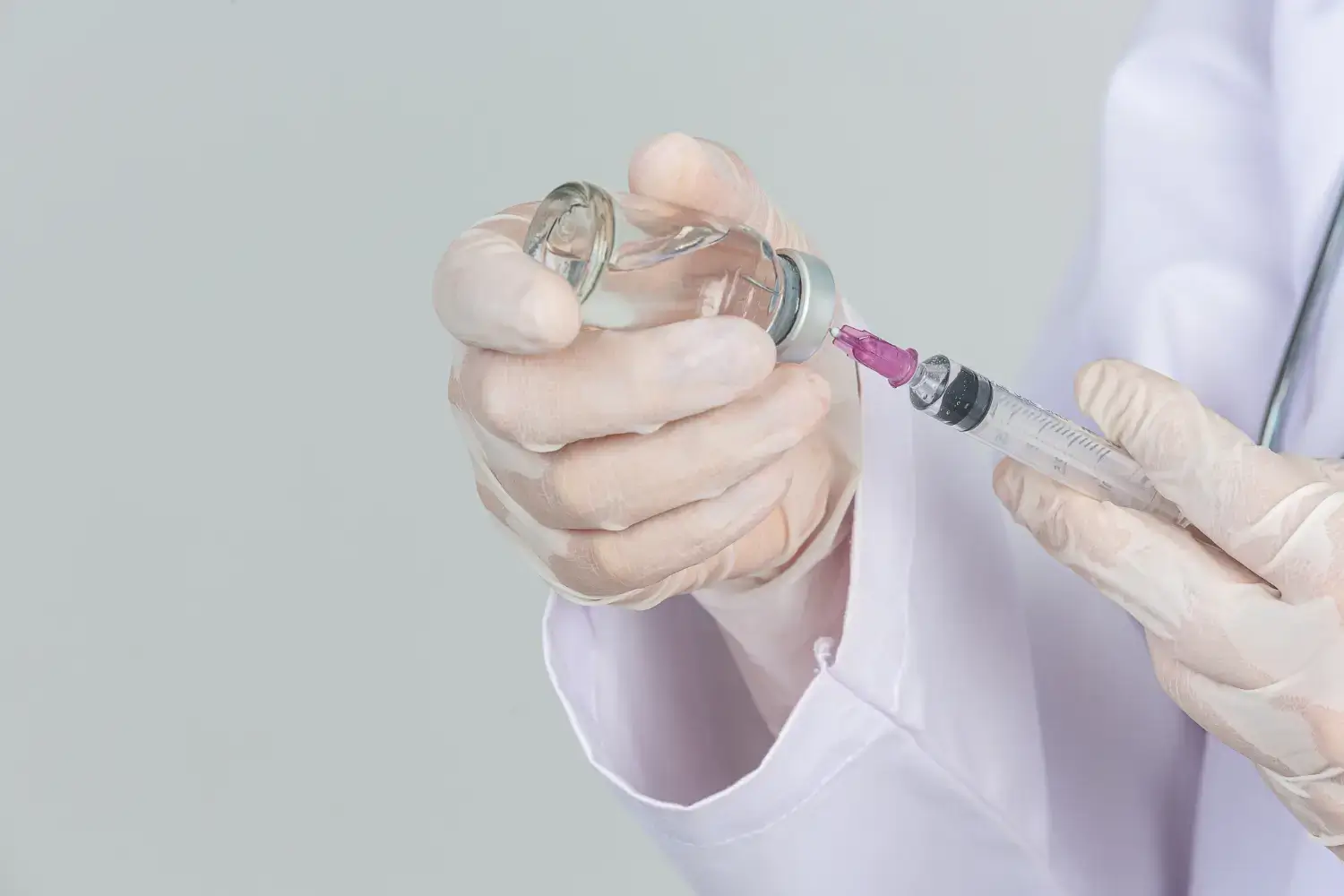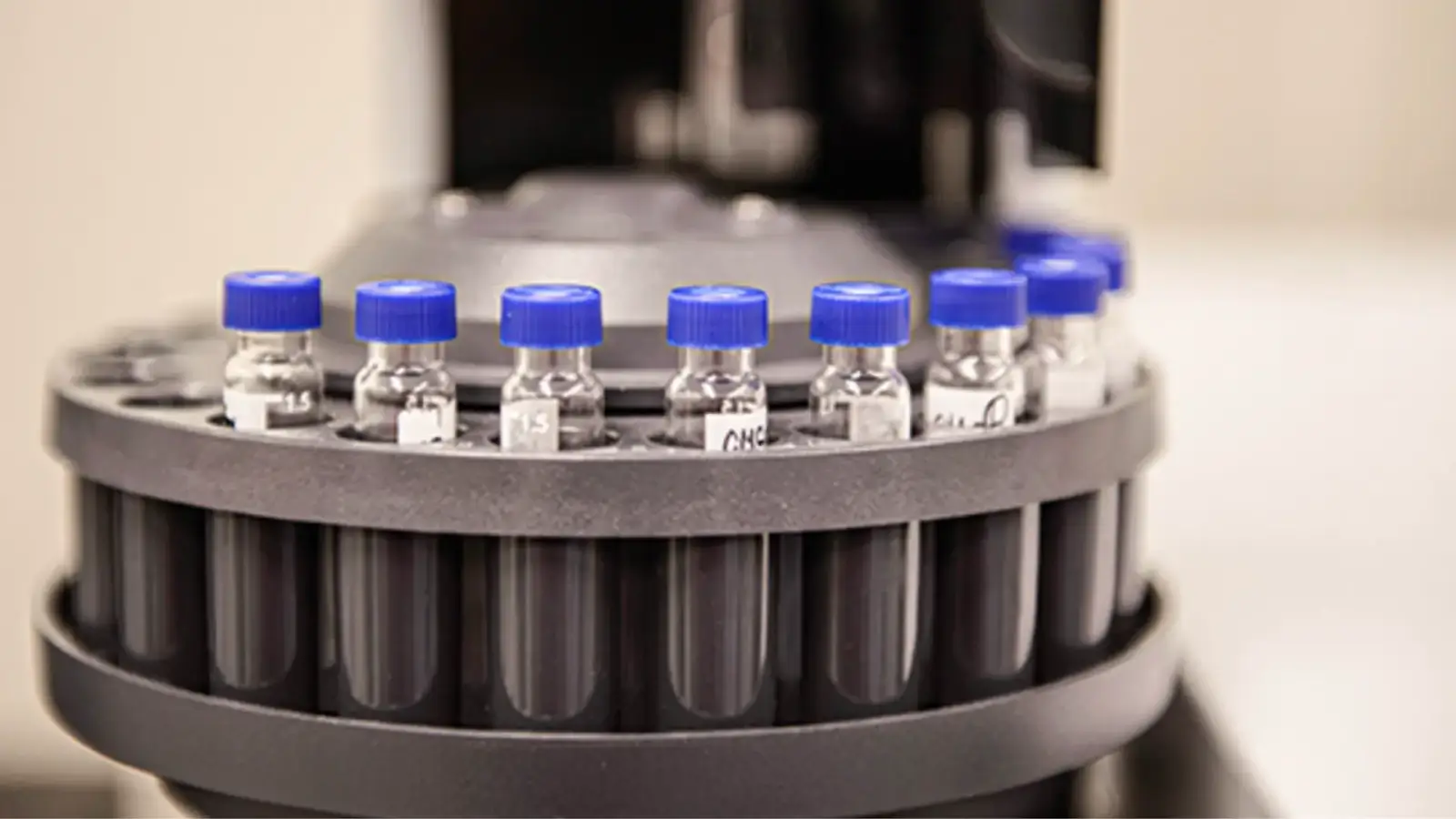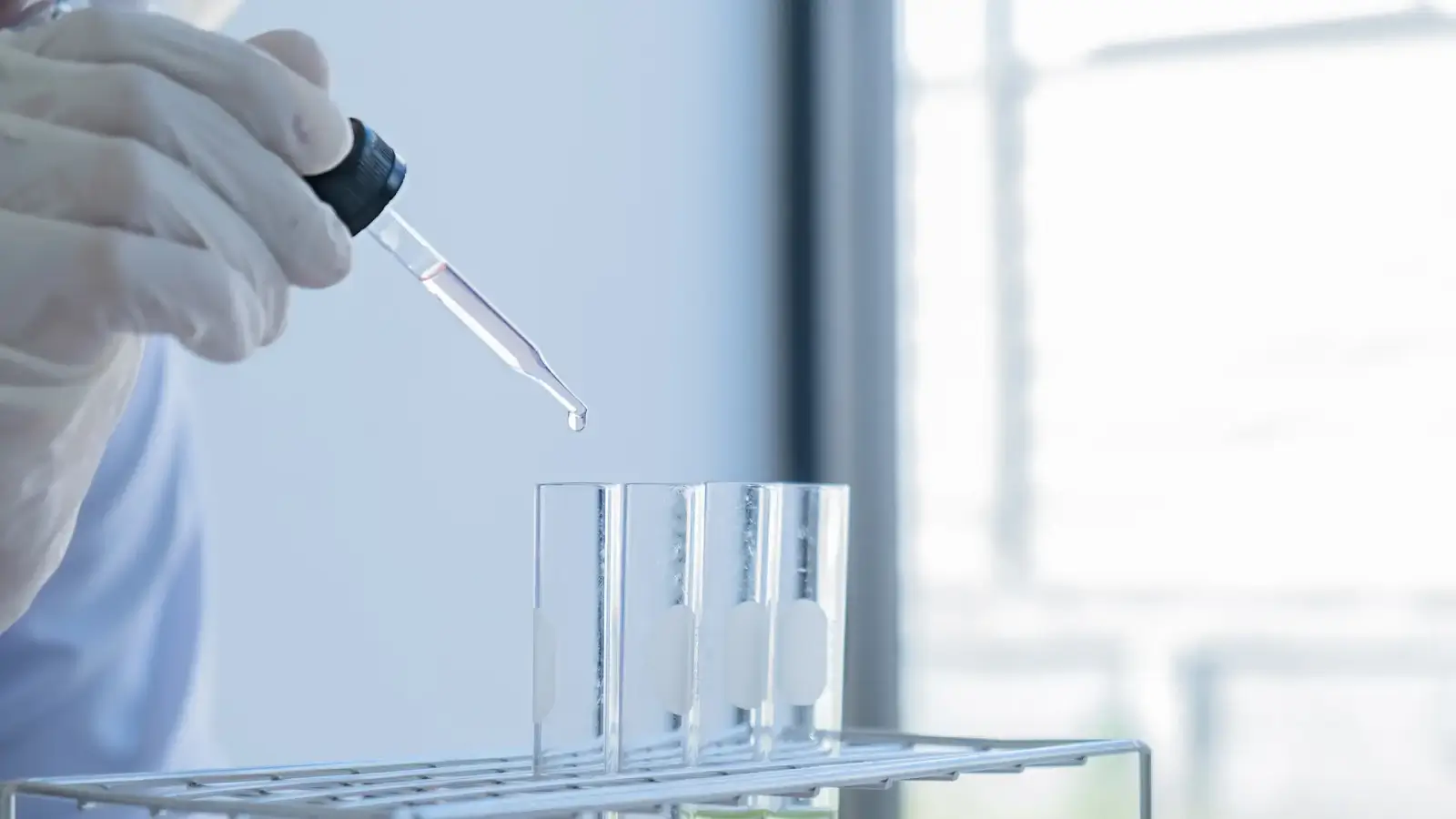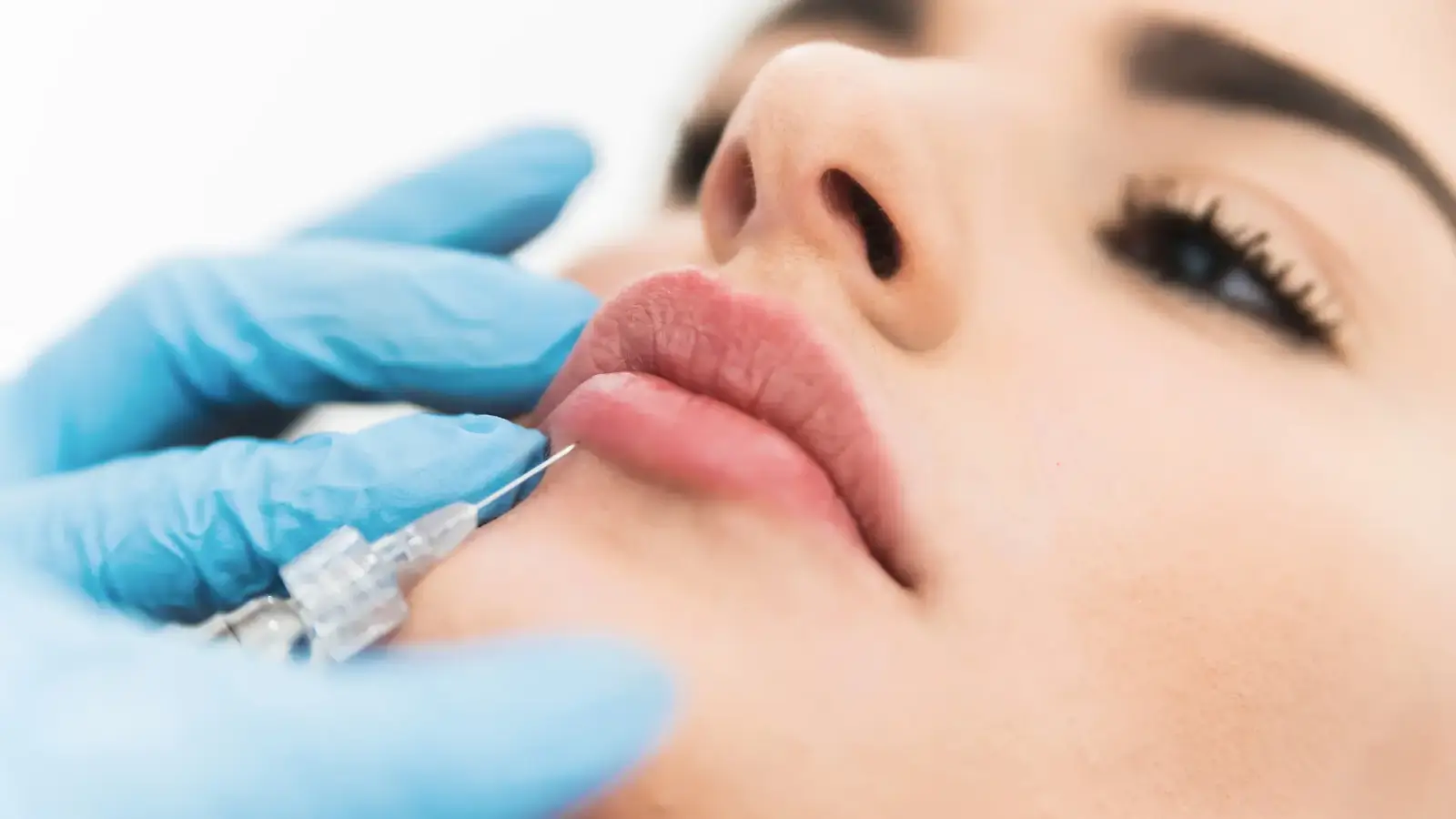
The U.S. Food and Drug Administration (FDA) plays a crucial role in ensuring the safety and efficacy of medical devices, including dermal fillers. According to the FDA, only products that have undergone rigorous testing and clinical trials are approved for use. This stringent process helps protect consumers from unsafe or ineffective treatments.
Hyafilia fillers, a popular range of hyaluronic acid-based injectables, have gained attention for their ability to address various aesthetic concerns. These fillers, manufactured by CHA Meditech, are known for their natural results and advanced formulations. However, questions often arise about their regulatory status, particularly regarding their FDA approval.
In this article, we will explore the FDA approval status of Hyafilia fillers, their safety profile, and what this means for patients and practitioners.
Key Takeaways
- Hyafilia fillers are hyaluronic acid injectables that can address aesthetic concerns, including wrinkle reduction, volume loss correction, and facial contouring.
- These fillers are not FDA-approved but are trusted in markets where regulatory standards differ, making it essential to consult with qualified practitioners for safe application.
- Practitioners and patients must prioritize compliance with local regulations, ensuring the authenticity and safety of products through licensed distributors.
- Patient education and informed consent are critical, especially due to the fillers’ off-label status in certain regions.
About: Doctor Medica is your trusted supplier of top-quality dermal fillers, viscosupplements, and more for your medical practice. We offer genuine products from leading brands at the lowest prices. Contact Doctor Medica today to order Hyafilia online.
The Regulatory Pathway to FDA Approval

The FDA approval process for medical devices involves several key steps. Initially, manufacturers must register their establishment and list their device with the FDA. Depending on the device’s classification, they may need to submit a Premarket Notification (510(k)) or a Premarket Approval (PMA) application. The PMA is more rigorous and requires substantial evidence of safety and effectiveness.
For dermal fillers like Hyafilia, specific requirements include demonstrating safety and effectiveness through controlled clinical studies. These studies must show that the filler is safe for injection into facial tissues and provides the intended smoothing or filling effect. The materials used, such as hyaluronic acid, must be characterized for their chemistry, stability, and biocompatibility.
Clinical trials are essential for FDA approval. These trials are conducted under an Investigational Device Exemption (IDE), allowing the device to be tested on humans to gather necessary safety and effectiveness data. The trials typically involve safety evaluations (e.g., monitoring for adverse reactions) and effectiveness evaluations (e.g., assessing aesthetic outcomes).
Clinical Data Supporting Hyafilia’s Approval

Hyafilia fillers have garnered positive reviews for their safety profile, efficacy in aesthetic treatments, long-term results, and patient satisfaction. Clinical studies have shown that Hyafilia fillers are well-tolerated with minimal side effects, such as temporary swelling or bruising. During manufacturing, the absence of residual BDDE (butylene diene styrene) further enhances their safety.
Hyafilia fillers can maintain their effectiveness for six to 12 months, depending on the treatment area and individual factors. Minimal side effects, such as mild swelling or redness at the injection site, typically do not last long and resolve quickly. These findings, reflected in positive Hyafilia filler reviews, highlight the product’s reliability for achieving safe and consistent aesthetic outcomes.
Approved Indications for Hyafilia
Hyafilia fillers are popular for their effectiveness in addressing aesthetic concerns such as wrinkle reduction, correction of volume loss, and facial contouring or augmentation. These fillers use hyaluronic acid to restore moisture, improve elasticity, and enhance skin plumpness, delivering natural-looking results. Common treatment areas include fine lines, nasolabial folds, cheeks, and jawlines, where Hyafilia excels in improving facial symmetry and overall aesthetics.
It’s important to note that Hyafilia fillers do not currently have FDA approval. While they are available in certain markets and trusted for their innovative formulation, patients, and practitioners in regions requiring FDA approval should prioritize products that meet local regulatory standards. For those considering Hyafilia, consulting with a qualified practitioner ensures safe and effective use of the product, aligning with individual aesthetic goals.
Regulatory Considerations for Practitioners

Practitioners who wish to offer Hyafilia filler treatments must ensure proper training and certification. This includes understanding the specific properties and techniques associated with Hyafilia fillers, recognizing potential complications, and managing adverse events. Additionally, practitioners must comply with FDA regulations, including reporting adverse events and adhering to labeling standards.
Patient education and informed consent are crucial, especially since Hyafilia fillers are currently off-label. Practitioners should thoroughly inform patients about the treatment’s off-label status, potential risks, and expected outcomes. Obtaining informed consent ensures that patients know the treatment’s regulatory status and agree to proceed with full knowledge of the associated risks.
Conclusion
Hyafilia fillers are an effective option for aesthetic enhancements, providing solutions for wrinkles, volume loss, and contouring with natural-looking results. However, the lack of FDA approval emphasizes the importance of sourcing products from trusted suppliers and consulting with certified practitioners. Ensuring compliance with local regulations and prioritizing patient safety and education are essential for achieving optimal outcomes with Hyafilia fillers.
FAQs
1. Does Hyafilia have FDA approval?
No, Hyafilia fillers do not have FDA approval. They are available in markets with differing regulatory requirements but should be used under professional guidance.
2. What does FDA approval mean for dermal fillers?
FDA approval ensures that a product has passed rigorous safety and efficacy testing, providing confidence in its use within the United States.
3. What should practitioners consider when using Hyafilia?
Practitioners must adhere to local regulations, disclose the off-label use of Hyafilia, obtain informed patient consent, and ensure proper storage and handling of the product.
4. Are Hyafilia fillers safe for use?
Hyafilia fillers are generally safe, with minimal side effects like mild swelling or bruising. Consulting with a certified practitioner is essential for safe and effective application.
References
Center for Devices and Radiological Health. FDA-Approved Dermal fillers. U.S. Food And Drug Administration. Published November 9, 2020. https://www.fda.gov/medical-devices/aesthetic-cosmetic-devices/fda-approved-dermal-fillers
Signorini M, Liew S, Sundaram H, et al. Global Aesthetics Consensus: Avoidance and Management of Complications from Hyaluronic Acid Fillers—Evidence- and Opinion-Based Review and Consensus Recommendations. Plastic & Reconstructive Surgery. 2016;137(6):961e-971e. doi:10.1097/prs.0000000000002184
Related Articles
Joanna Carr
Vabysmo Prescribing Information
Vabysmo (faricimab-svoa) is administered via intravitreal injection with flexible dosing intervals. After an initial loading phase of four monthly dos...
Joanna Carr
Treating The Male Mid-Face
Interested in learning more about Treating The Mid-Face For Male Patients? Browse Doctor Medica's comprehensive archive of blog posts.
Joanna Carr
What Is Botulinum Toxin? Type A And B Refresher
Have an interest in learning about A Refresher on What Is Botulinum Toxin Type A And B? Browse Doctor Medica's extensive archive of blog postings.


